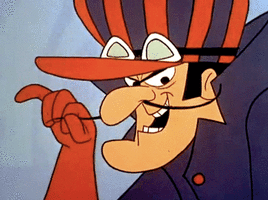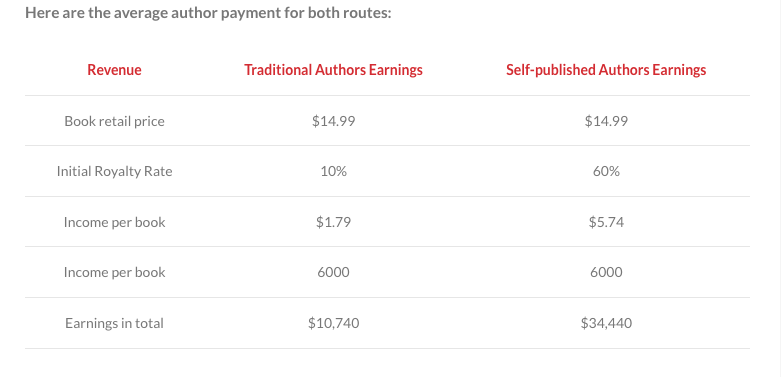AuthorHi, I'm Ray Evans. I'm a certified copyeditor and proofreader. Archives
September 2023
Categories |
Back to Blog
Getting a new pair of eyes on your manuscript will help weed out even the smallest problems and improve its readability. Professional editors can help here. Copyediting, line editing, and developmental editing are common in the publishing world. Your work may need one, two, or all three. To determine what editing services you need, first let's look at what each them entails Developmental EditingA developmental editor evaluates the project's big picture arc, from character interactions to themes to scene and chapter organization. Developmental editing helps self-published authors with storyline, setting, and characters. The editor may suggest ways to flesh out a character to add depth to the plot, etc. Developmental editing can assist you avoid plagiarism, libel, and missing authorization. You developmental editor will rarely make grammar suggestions or changes. And what's line editing?Line and copy editing are often confused. As the name implies, the editor examines each line and sentence in the text. The focus is on word choice, grammar, and sentence meaning, not writing mechanics. The editor considers if your words communicate the intended meaning. Line editing helps eliminate jargon and keep sentences succinct. Line editing improves text flow. Copy EditingCopyediting meant to make your book read flawlessly. It improves language and eliminates mistakes. Given the global adoption of UK and US English, spelling inconsistencies are prevalent. If you've used "flavor" in one place and "flavour" in another, the copyeditor must use only one. Copyediting can fix spelling, formatting, grammatical, and sentence structure issues. Copyeditors usually make sure your work follows a style guide, such as the Chicago Manual of Style. And what about proofreading?Proofreading is the final step of the writing process, after developmental editing, line editing, and copyediting are completed. It involves reviewing a text for errors before publishing it commercially. It's the final step of writing, when you address spelling and punctuation errors, typos, formatting flaws, and inconsistencies.
Back to Blog
Hybrid publishing combines traditional and self-publishing. A hybrid publisher acts like a traditional publisher, but authors pay most or all of the publishing costs and aren't granted a royalty advance. Hybrid publishers have editorial, design, and marketing departments, like traditional presses. The goal is to support authors who want traditional publishing but can't or won't deal with a traditional publisher. Hybrid publishing isn't vanity publishing in theory, but the reality can be disappointing. Learn about hybrid publishing below. CostsTraditional publishers buy manuscripts they like and lead them through editing and marketing. Traditional publishers pay authors an upfront amount (an "advance") and cover all production costs for their publications. Hybrid publishing is different. Publisher splits costsIn hybrid publishing, the author fronts, or shares, production costs and doesn't earn an advance. The publisher handles everything (editing, marketing, etc.). Authors that don't want to manage editorial, design, and marketing can hire a hybrid publisher. Some authors crowdfund the first expenditures by pre-selling their book and using the money to pay the hybrid publisher. Unless the author raises a minimum amount, the book will be cancelled.
|
 RSS Feed
RSS Feed

